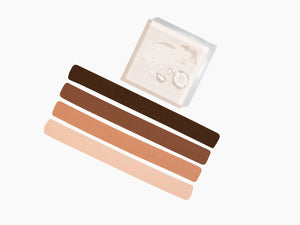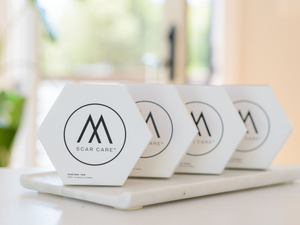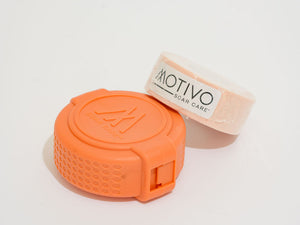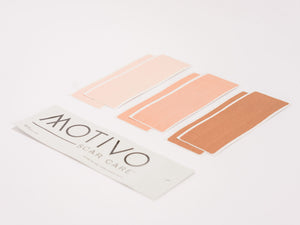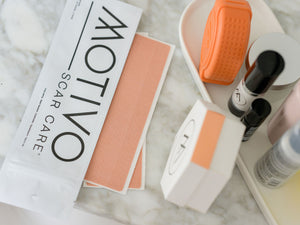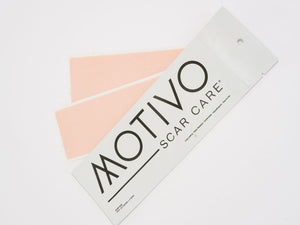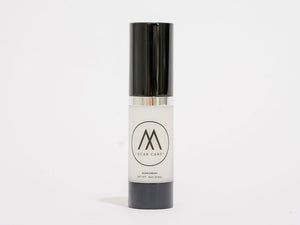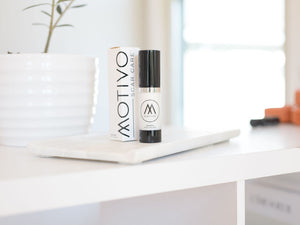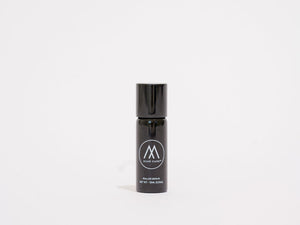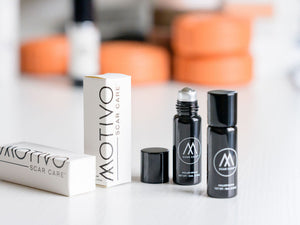The Complete Athlete's Guide to Scar Care and Injury Recovery
Oct 19, 2023
Athletes are no strangers to injuries and the accompanying scars they leave behind. As an essential part of an athlete's healing process, effective scar care plays a crucial role in aiding recovery and preventing further complications. The journey to smooth, healthy skin can be challenging and time-consuming, but with the right approach and guidance, it's more than achievable. In this exclusive guide, we delve into the world of athlete scar care, providing in-depth information to help you manage and reduce sports-related scars.
Our expertise in targeted scar care solutions allows us to bring you actionable advice that promotes healing and diminishes the risk of unsightly hypertrophic or keloid scarring. Through this comprehensive guide, you'll learn about the various types of scars commonly associated with sports injuries, the importance of a customized scar care regimen, and practical steps to aid your recovery journey. Whether you're a professional athlete or an enthusiastic fitness aficionado, this guide will equip you with the knowledge and tools to care for your scars and expedite your return to the playing field. So, let Motivo Scar Care be your trusted partner in injury recovery and embrace a future of healthy, scar-free skin as you pursue your athletic goals.
Understanding Sports-Related Scars: Types and Causes
Before diving into specific scar care techniques, it's essential to understand the different types of scars commonly associated with sports injuries. The physical demands and intensity of athletic activities often lead to various injuries such as strains, sprains, fractures, and tears, which can result in the formation of distinct scars. The two primary forms of sports-related scars are hypertrophic and keloid scars:
- Hypertrophic Scars: These scars develop due to an overproduction of collagen as the body attempts to repair the injury site. Hypertrophic scars remain within the boundaries of the wound and often appear as raised, red or pink patches on the skin.
- Keloid Scars: Similar to hypertrophic scars, keloid scars occur due to excessive collagen production, but they extend beyond the injured area. These scars can be thick, raised, and may continue to grow over time, leading to discomfort or limited movement.
Proper Wound Care: The Foundation of Effective Scar Management
Proper wound care is the first crucial step in preventing the formation of prominent scars. Following these essential wound care practices will set the foundation for effective scar management:
- Cleansing the Wound: Clean the injured area gently with mild soap and water to remove debris, bacteria, and other contaminants to lower the risk of infection.
- Dressing the Wound: Keep the wound covered with a sterile bandage or dressing, which will protect it from further injury and contamination.
- Elevating the Injured Area: Encourage optimal blood circulation by elevating the injured area above the level of the heart. This can help minimize swelling and facilitate faster healing.
- Following Doctor's Orders: Always adhere to your healthcare provider's directions regarding activity restrictions, medication, and any specific post-injury care.
Incorporating Targeted Scar Care Treatments into Your Recovery Plan
Once the wound has begun to heal, it's essential to take proactive steps to minimize scarring. Implementing targeted scar care treatments into your recovery plan can help enhance healing, reduce scar visibility and alleviate discomfort. Here are a few options to consider:
- Silicone Gel and Scar Tape: Silicone-based products have been clinically proven to improve the appearance of scars and prevent hypertrophic and keloid scarring [source: https://pubmed.ncbi.nlm.nih.gov/3054804/]. Silicone gels and sheets create a protective barrier that helps retain moisture, normalize collagen production, and reduce itching or discomfort.
- Pressure Garments: Athletes experiencing extensive scarring might consider using pressure garments during the healing process. These garments apply consistent pressure to the injured area, which can help soften, flatten, and reduce the redness of hypertrophic and keloid scars [source: https://pubmed.ncbi.nlm.nih.gov/17728545/].
- Massage Therapy: Gently massaging the scar area with your fingers can help break down collagen fibers, stimulate blood circulation, and promote flexibility in the scar tissue. Remember to consult your healthcare provider before starting massage therapy to ensure it's safe and appropriate for your specific injury.
The Value of a Balanced Diet and Hydration in Scar Care
A well-rounded, nutrient-rich diet is critical to supporting your body's healing processes, including scar formation and reduction. Here are a few dietary components to prioritize during your recovery:
- Protein: Ensure adequate protein intake to provide your body with the building blocks needed to repair damaged tissue.
- Vitamins: Prioritize vitamins A, C, and E, which are essential for skin health and collagen production.
- Hydration: Drinking plenty of water not only supports overall well-being, but it also promotes healthy skin and scar tissue hydration.
The Importance of Sun Protection for Healing Scars
Newly formed scars are sensitive to the sun's harmful UV rays, which can lead to hyperpigmentation, discomfort, and slow down the healing process. Avoid exposing healing scars to direct sunlight and take these precautionary measures:
- Sunscreen: Apply a broad-spectrum, high-SPF sunscreen to the healing scar and surrounding area to protect against both UVA and UVB rays.
- Clothing: Wear UV-protective clothing and accessories, such as hats and sunglasses, to shield scars from sun exposure.
- Time Outdoors: Limit the time spent in direct sunlight, especially during peak hours (10 a.m. - 4 p.m.), when the sun's rays are strongest.
Throughout the recovery process, it's crucial to remember that healing takes time, and noticeable progress may occur gradually. By adhering to these scar care best practices and maintaining a healthy lifestyle, athletes can successfully manage sports-related scars and reclaim their confidence on the playing field.
Optimizing Your Scar Care Journey with Motivo Scar Care
Addressing sports-related scars with effective scar care practices is essential for athletes of all levels. From proper wound care and targeted treatments to following a healthy, balanced diet, a comprehensive recovery plan is necessary to quickly regain confidence and return to the field. Motivo Scar Care offers unique, purpose-driven scar care products that cater to your distinctive lifestyle needs and promote healthy, smooth skin.
As you embark on your scar care journey, choose Motivo as your trusted partner in recovery and make the most of their range of innovative, high-quality products specially designed to tackle sports-related scarring. Don't let noticeable scars hold you back — embrace a healthier, more confident future with Motivo Scar Care today. For optimal results in your scar care journey, explore Motivo Scar Care's range of targeted products and start your path to smooth, healthy-looking skin.


